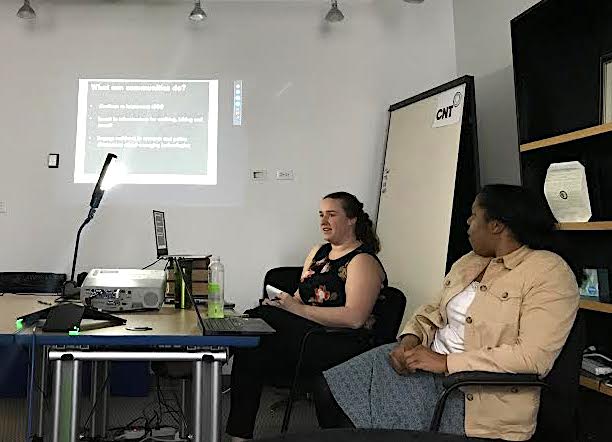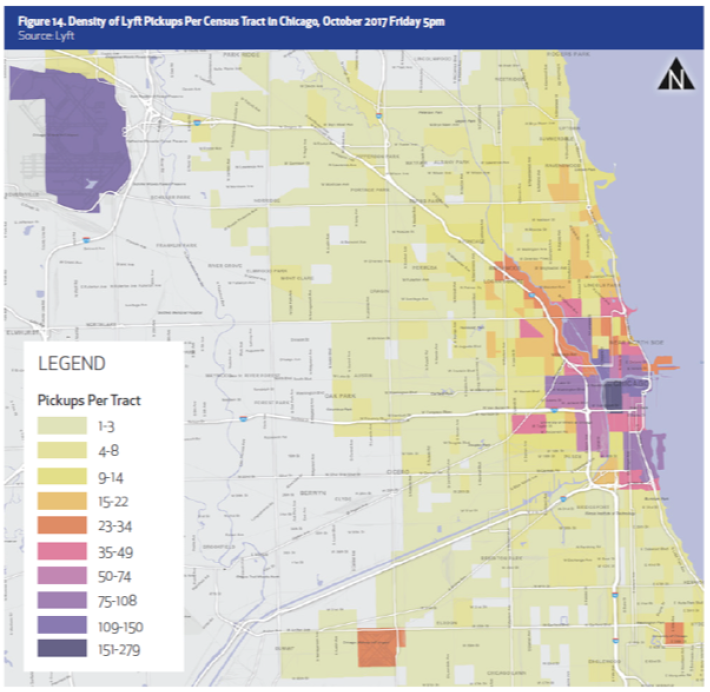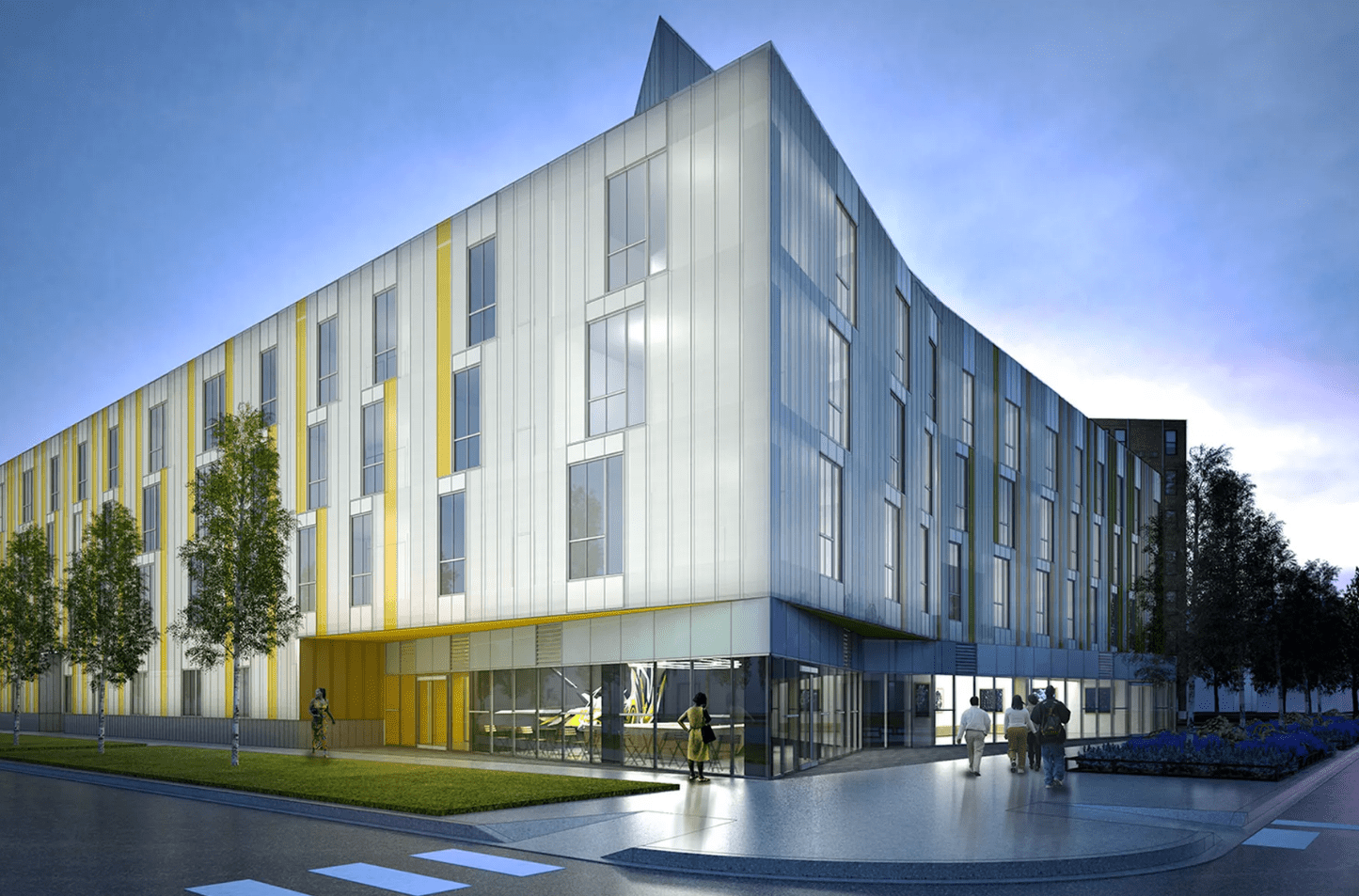The Center for Neighborhood Technology is wrapping up its workshop series on Equitable Transit-Oriented Development (eTOD). I attended the session last week on new transportation technologies and their impact on eTOD.
CNT transportation director Elizabeth Irvin elaborated on what was meant by new transportation technologies. This included ride-share, bike-share, electric scooters, and other recently introduced mobility options.
Irvin mentioned some of the trends in Chicago, such as ride-share use increasing in areas where there is robust transit access. A recent study by the Shared Used Mobility Center showed ride-share usage was highest in Lincoln Park, Lakeview, Bucktown, Logan Square, and Wicker Park.

In addition to ride-share, electric scooters and driverless cars may come to Chicago in the future, bringing even more transit technologies into the mix.
Irvin discussed some of the potential positives for new technologies in Chicago. One of them could be expanding options for people without cars, particularly in parts of the city that aren't well served by transit. New technologies may also reduce the need for car ownership and related costs, she said. They can also help expand the area where dense, low-parking TOD can be built.
However, there are challenges and potential shortfalls of the new technologies in our city. One of the biggest concerns is the impact of ride-share on transit ridership. Based on CTA data for the first nine months of every year, bus ridership has dropped 26 percent since 2008. Fewer bus trips and more car trips creates more congestion and slower bus service, creating a vicious cycle of ridership loss.
While new technologies have the potential to fill service gaps, there are worries that they merely exacerbate inequities because they may be inaccessible and unaffordable to people who could most benefit from them. Data has shown that Chicago’s wealthier neighborhoods are using rider-share the most, substantiating this claim.

During the Q & A, audience members raised about needing to gather more data from ride-share companies to be able to draw further conclusions about their potential impacts on our city, and who is using the service.
In addition to new technologies, audience members made suggestions on how to strengthen our current TOD guidelines, such as evaluating what kind of development we are classifying as “affordable” as the definition in Chicago's Affordable Requirements Ordinance often falls short. Another interesting topic of discussion was how to also create affordable retail space within affordable housing. As TOD is built in wealthy areas, are there ways to help ensure that retail space on the ground floor is affordable to small businesses?
It’s important to consider how new mobility forms are impacting our city, and a nuanced conversation is needed. We want Chicagoans to be able to use the latest mobility technologies, but it's important that they don't undermine our existing transit system, especially if the new tech isn't always accessible to all residents. CNT’s workshops have been important for getting that conversation started. If you want to catch the last event in the series, a discussion of affordable housing and historic preservation issues in Pullman, go to their event page to register.
![]()
Did you appreciate this post? Consider making a donation through our PublicGood site.




